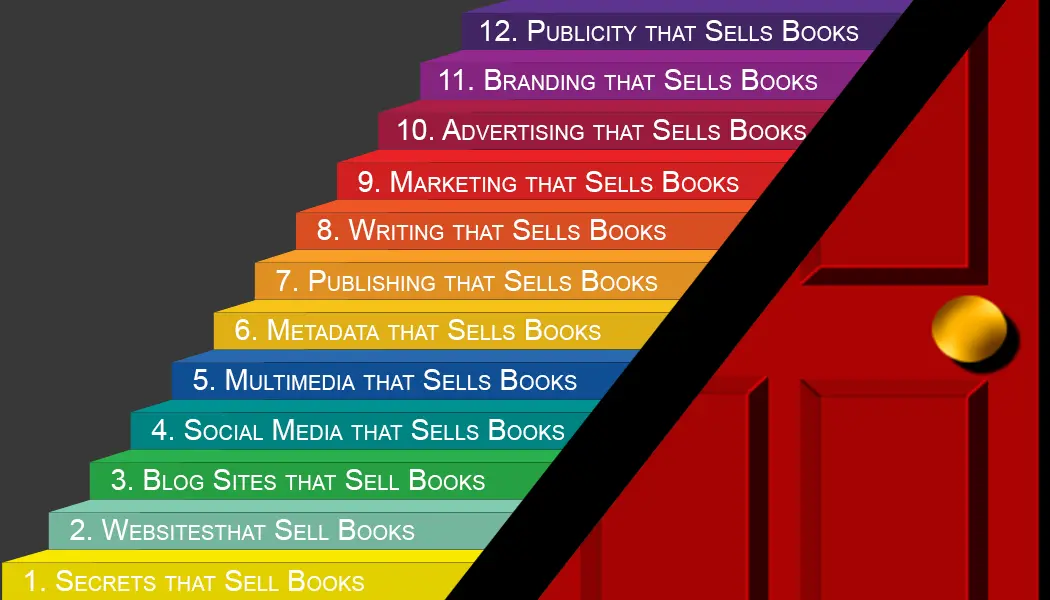In today’s visually driven society, photography and photo editing stand as twin pillars that profoundly shape our perception of the world. These art forms not only capture and enhance moments but also craft narratives that influence public opinion, dictate cultural trends, and define historical legacies. This article delves deeper into the integral roles of photography and editing in modern visual communication, exploring their evolution, impact, and ethical dimensions.
Mastery of the Moment: The Art and Science of Photography
Photography is more than just a technical skill; it is a creative art that captures the nuances of life. It serves as a window to unseen worlds, offering perspectives that might otherwise go unnoticed.
Documenting Reality: Photographers are often seen as modern-day historians, capturing moments that tell stories of love, despair, triumph, and tragedy. From war-torn landscapes to the tranquility of nature, photographers wield the power to influence societal views and emotions through the images they capture.
Technological Evolution: The advancement of photographic technology has transformed the accessibility and capabilities of photography. Digital cameras, drones, and smartphones equip professional photographers and amateurs alike with the tools to take stunning photos. These technological advancements have democratized the field, enabling a wider range of voices to contribute to the visual narrative.
Refining the Raw: The Impact of Photo Editing
While photography captures the world, editing interprets it. Photo editing is both a corrective and creative process that adjusts elements within an image to convey the desired message more effectively.
Enhancement and Manipulation: Modern software allows for everything from basic enhancements like adjusting lighting and contrast to more complex manipulations like altering backgrounds or adding and removing elements. These capabilities make it possible to create visuals that align more closely with artistic vision or commercial goals.
Ethics of Editing: As the power of photo editing grows, so does the responsibility to use it ethically. This is particularly vital in journalism and documentary photography, where the authenticity of an image is paramount. Editors must navigate the fine line between enhancing an image for clarity and altering it in ways that could mislead viewers.
Cultural and Social Impacts: Shaping Perceptions and Trends
The influence of photography and photo editing extends beyond the personal to affect wider cultural and social realms.
Influencing Public Opinion and Social Change: Iconic images have the power to sway public opinion and spur social change. Photographs from civil rights movements, natural disasters, and public celebrations capture collective memory and influence societal understanding and reactions.
Fashion and Beauty Standards: In the realms of fashion and beauty, photography and editing play critical roles in setting trends and beauty standards. The portrayal of beauty in media, often heavily edited, can have significant implications for body image and self-esteem across societies.
Navigating the Future: Technological Innovations and Ethical Challenges
As technology continues to advance, the fields of photography and photo editing are set to undergo further transformations.
AI and Automation: Artificial intelligence is increasingly being used to automate certain aspects of photo editing, such as color correction and object recognition. These tools promise to streamline workflows but also raise questions about the future role of human editors.
Immersive Experiences with VR and AR: Photography is starting to expand into virtual and augmented reality, offering new ways for artists to engage audiences. These technologies provide immersive experiences that could redefine the boundaries of visual storytelling.
Photography and Photo Editing: The Ever-Evolving Art of Visual Storytelling
Photography and photo editing continue to evolve, playing crucial roles in how we see and understand the world around us. They are tools of both observation and influence, capable of capturing truths and shaping perceptions. As we move forward, the challenge will be to harness these powerful tools responsibly, ensuring that they enrich rather than distort our collective visual narrative.
_________________________________________
Related Entries:
A Guide for Author-Publishers Embracing the Call
Related Topics:
Visit our website at www.AuthorsDoor.com and our blog site at www.AuthorsRedDoor.com as you continue your author-publisher journey.


